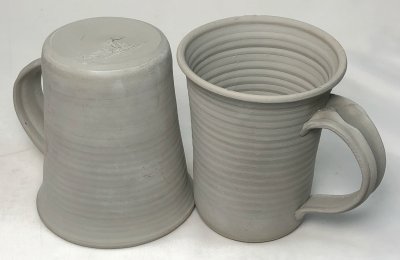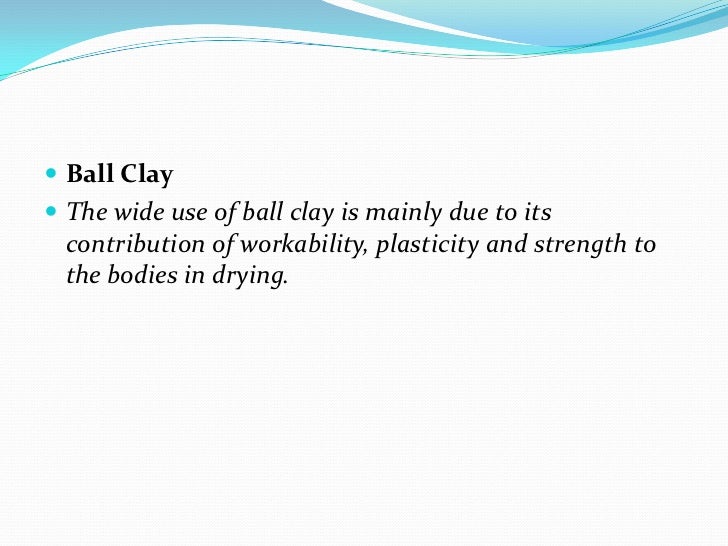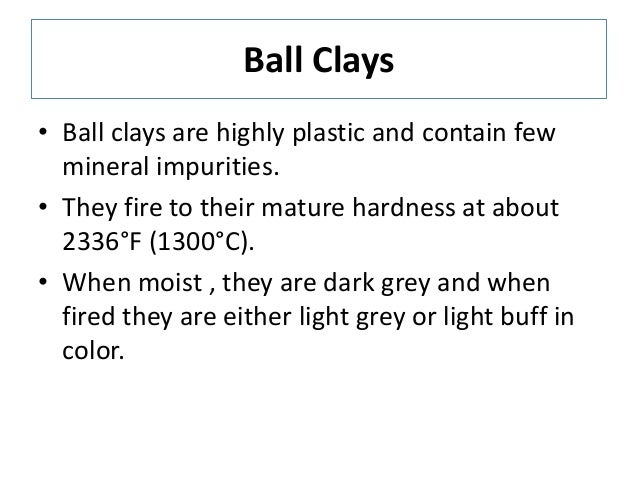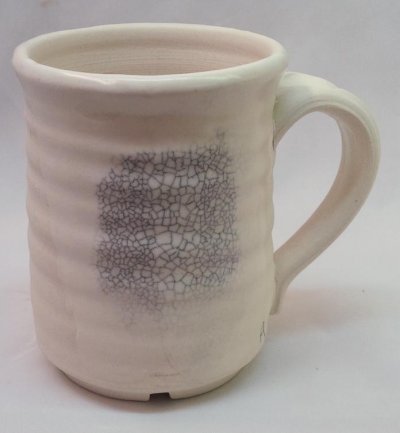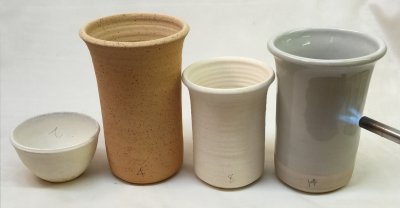Ball Clay Ceramics Definition

4 in 1771 josiah wedgwood signed a contract for 1400 tons a year of ball clay with thomas hyde of purbeck note 1 enabling him to fire thinner walled ceramics.
Ball clay ceramics definition. Low plasticity compared to ball clay. A ceramic is any of the various hard brittle heat resistant and corrosion resistant materials made by shaping and then firing a nonmetallic mineral such as clay at a high temperature. Uses of china clay. These sectors account for over 80 of total sales.
Modulus of rupture is low compared to ball clay. The four types of clay are earthenware clay stoneware clay ball clay and porcelain. Arcilla de bolas ball clay is mixed with many types of clay to build up their bonding and working properties to increase their plasticity and strength. The crystallinity of ceramic materials ranges from highly oriented to semi crystalline vitrified and often completely amorphous e g glasses.
It is called ball clay because when originally found it was formed in the shape of a ball. Large particles when compared to ball clay. Ball clays are used in many different industries but in particular form a vital component in ceramic manufacturing. The ceramic use of ball clays in britain dates back to at least the roman era.
All of them can be used to make pottery but the end result would differ a lot thanks to their different textures colors and flexibilities. Then it is packed in 50 kgs bags and transported to the customer. Common examples are earthenware porcelain and brick. Argila de boles es.
Ball clay is a mineral formed from the weathering and transportation by water of parent rocks which are deposited in ancient river basins from where it is extracted. So normally two or more ball clay is mixed and used in production process in sanitaryware. The cake form ball clay dried in the atmosphere for some time. Kaolin china clay produces a very white color when it is fired but used alone it is brittle and weak and must be mixed with ball clay to produce a workable malleable raw material.
More recent trade began when a clay was needed to construct tobacco pipes in the 16th and 17th century. Through our pottery classes and sculpting classes we continue building a great work space and sense of community with our students and members. It is combined with other ingredients such as kaolin silica sand and flux and is a vital part of the mix even in small quantities. Ball clay studio is a sculpture studio and pottery studio combined where inspired artists create sculptures hand build ceramics and throw on the pottery wheel.
Ball clay are almost entirely used as ceramic raw materials for sanitaryware wall and floor tiles and tableware. When fired it becomes a greyish white color.

